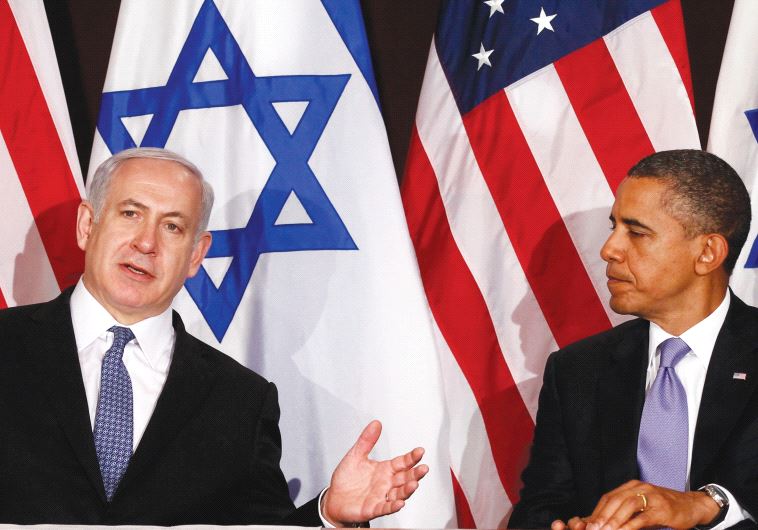Analysis: Ghosts of Netanyahu-Obama meetings past
PM, US president are set to meet Wednesday in New York on the sidelines of the UN General Assembly.
 Benjamin Netanyahu and Barack Obama against a backdrop of Israeli flags and American flags(photo credit: KEVIN LAMARQUE/REUTERS)Updated:
Benjamin Netanyahu and Barack Obama against a backdrop of Israeli flags and American flags(photo credit: KEVIN LAMARQUE/REUTERS)Updated: